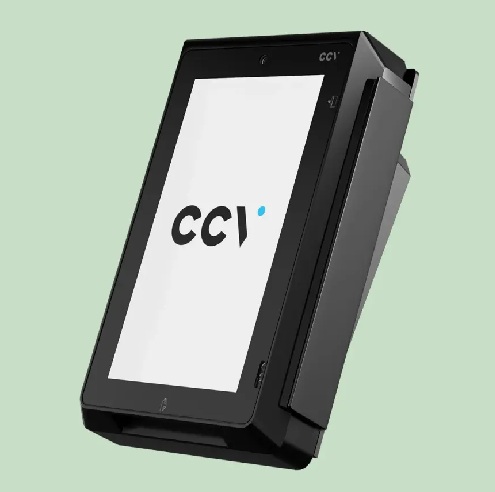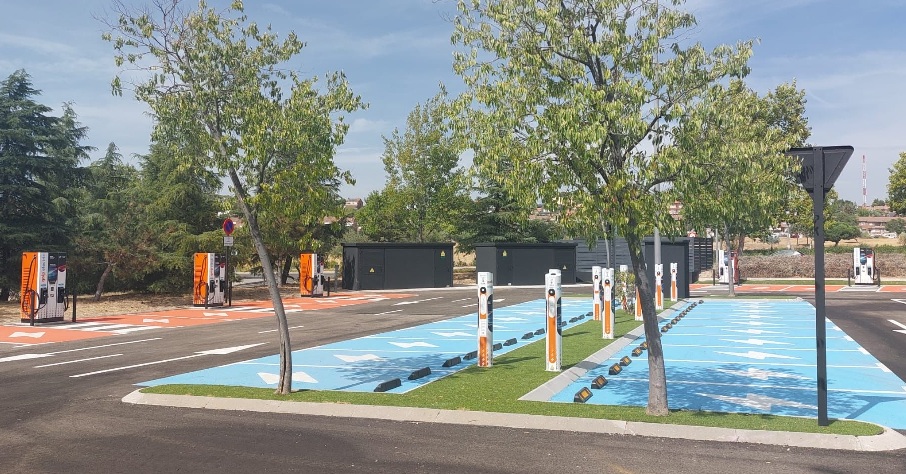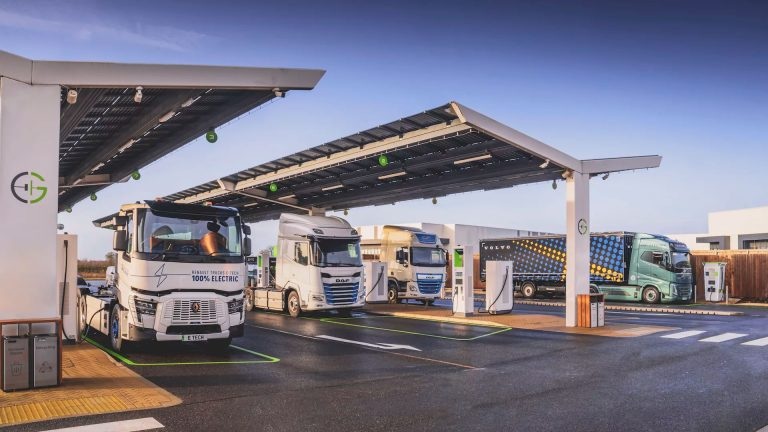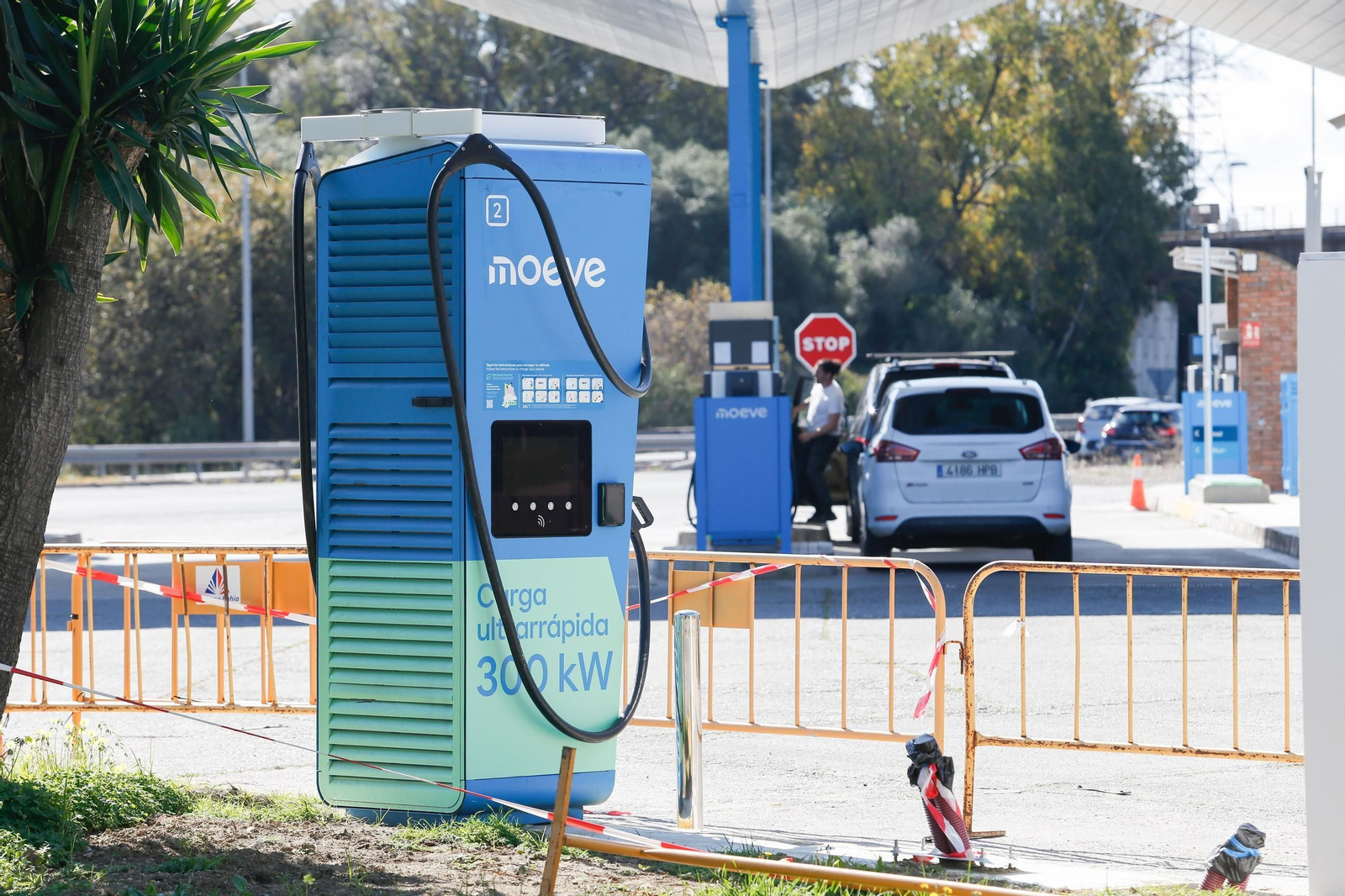More and more companies from different sectors are demanding the integration of bank card payment systems at charging points for electric vehicles (EVs).

“Every day we are receiving more requests to add these terminals, not only for fast charging infrastructure but also for slow charging,” comments Niek Seuren, International Partner Manager at CCV, during the virtual event “Voice of eMobility Leaders” organised by Mobility Portal Europe.
Part of this growth in demand is due to the fact that the Alternative Fuels Infrastructure Regulation (AFIR) requires new public fast chargers to have this payment method integrated.
“CCV has already equipped several fast charging stations with payment terminals to make it easier for EV drivers to pay for charging sessions,” he adds.
However, it is important to highlight that these solutions are also in high demand as they allow companies to generate extra revenue.
“Currently, many companies provide EV infrastructure to their employees. But, after working hours, they would like to open it up to the public by adding a payment terminal,” says Niek.
In this regard, given that CCV has strong connections with manufacturers, Charge Point Operators (CPOs), and Charge Point Management System (CPMS) providers, they assist these partners with their requirements.
It is worth mentioning that the company recently presented its latest solution: a cloud-based payment terminal integration designed in compliance with the Open Charge Point Interface (OCPI) protocol.
“We have a Cloud Connect integration that makes it easier for CPMS providers to integrate with payment terminals, in this case, CCV’s. With just one integration, it’s possible to immediately provide the solution to hundreds of CPO’s,” he states.
And he adds: “With this new type of integration, we’re convinced that payments will be easier to implement in charging infrastructure, and that EV drivers will be able to pay with debit or credit cards.”
CCV is now focusing on the UK and the Nordics
CCV has been at the forefront of the electric vehicle charging landscape revolution across Europe, particularly in the DACH, Benelux, French, and Polish markets, for over a decade.
Now, the company is particularly focusing on the United Kingdom, as a new legislation came into force on November 24, 2024, requiring all public chargers of 8kW or higher, as well as existing fast chargers (50kW or more) to offer bank card payment options.
This legislative change has generated strong demand for fast and effective payment solutions, and this is where cloud-based payment integration provides the ideal solution.

However, CCV is not losing sight of the Nordic countries.
“Norway is quite advanced in EV charging, as well as other Nordic countries, but their stations are not always equipped with payment terminals,” acknowledges Seuren.
He continues, “So we also have financing available to reduce hardware costs and make it more attractive for CPOs to equip their charging infrastructure with these solutions.”
It’s important to note that “CCV’s mission is European.”
“We receive requests from various markets and do not exclude any country,” he explains.
About CCV’s payment terminals
CCV offers two types of payment terminals that fit the AFIR requirements.
One of them is CCV’s IM30, which supports contactless, chip-card and magstripe payments and runs on Android, offering the ability to use branded applications on a large 5” colour touch-screen. .


A more compact contactless terminal is the CCV IM15, which exists in Edge and Frame variants.
The Frame variant maintains a better look of the front panel of the charging station by not having any extending parts.
All terminals support PIN-on-glass entry, and are designed for outdoor use and to be vandal-proof.
With CCV’s own payment engine, this terminal provides a future-proof payment solution for all unsupervised point-of-sale locations.
Read more:
-
Hellonext supplies charging equipment for the largest EV hub in the Iberian Peninsula
The facility, developed by Galp and BMW Group at Intu Xanadú (Madrid), features 116 charging points and a total capacity of over 3.6 MW.
-
GRIDSERVE begins building its first public electric HGV charging hubs
These new locations form the foundation of the Electric Freightway – a nationwide programme designed to give fleet operators access to high-power public charging designed specifically for electric HGVs.
-
Sector eMobility ya destina 1.290 millones de euros a puntos de recarga en España y va por más
AEDIVE (Asociación Empresarial para el Desarrollo e Impulso de la Movilidad Eléctrica) ha elaborado un informe sobre la inversión en infraestructuras de recarga de acceso público en España que estima el total de la inversión acumulada en 1.290 millones de euros (hasta octubre de 2025). La Asociación ha elaborado este informe para arrojar luz sobre el esfuerzo…











